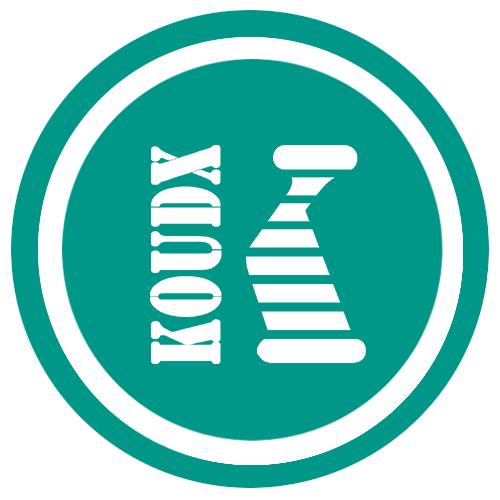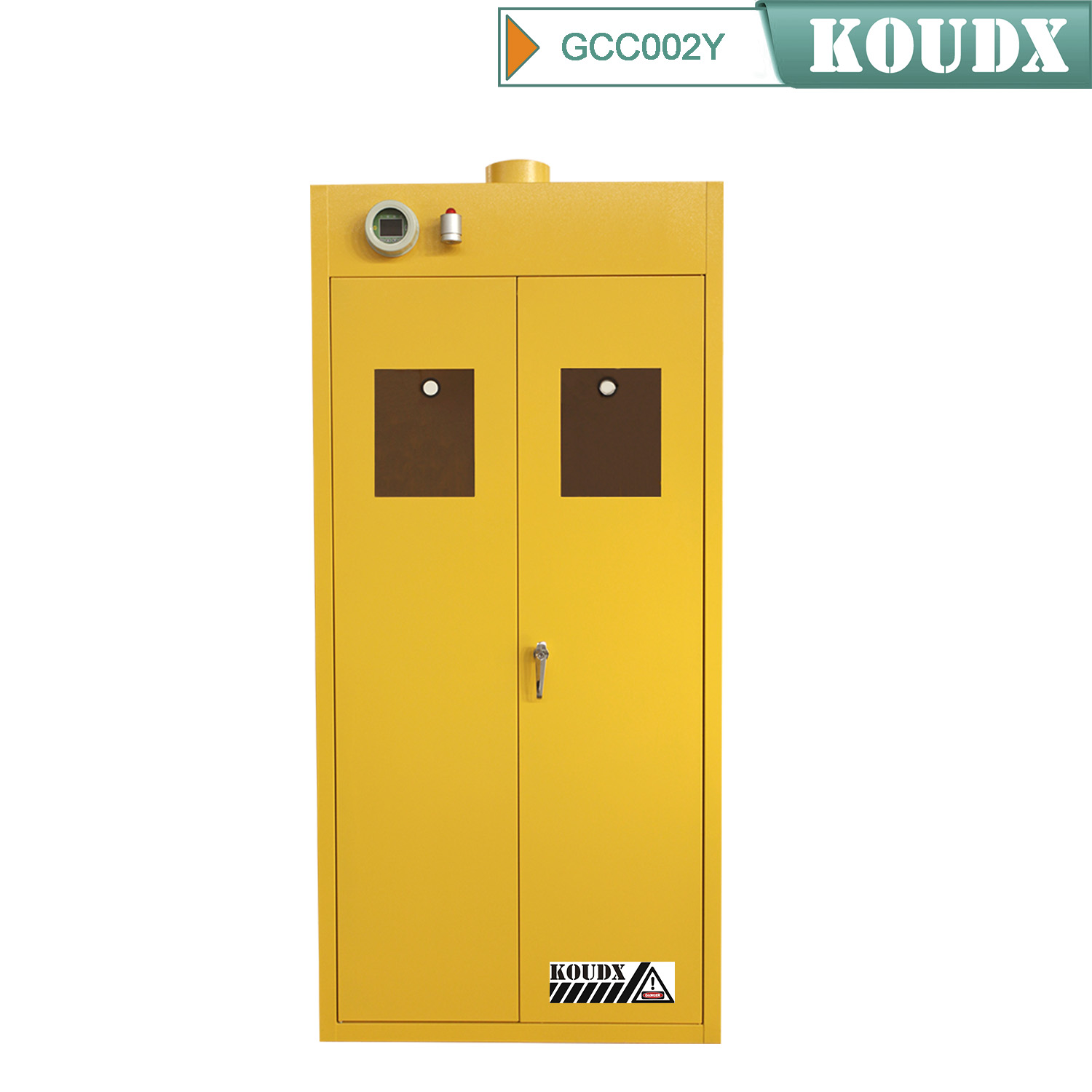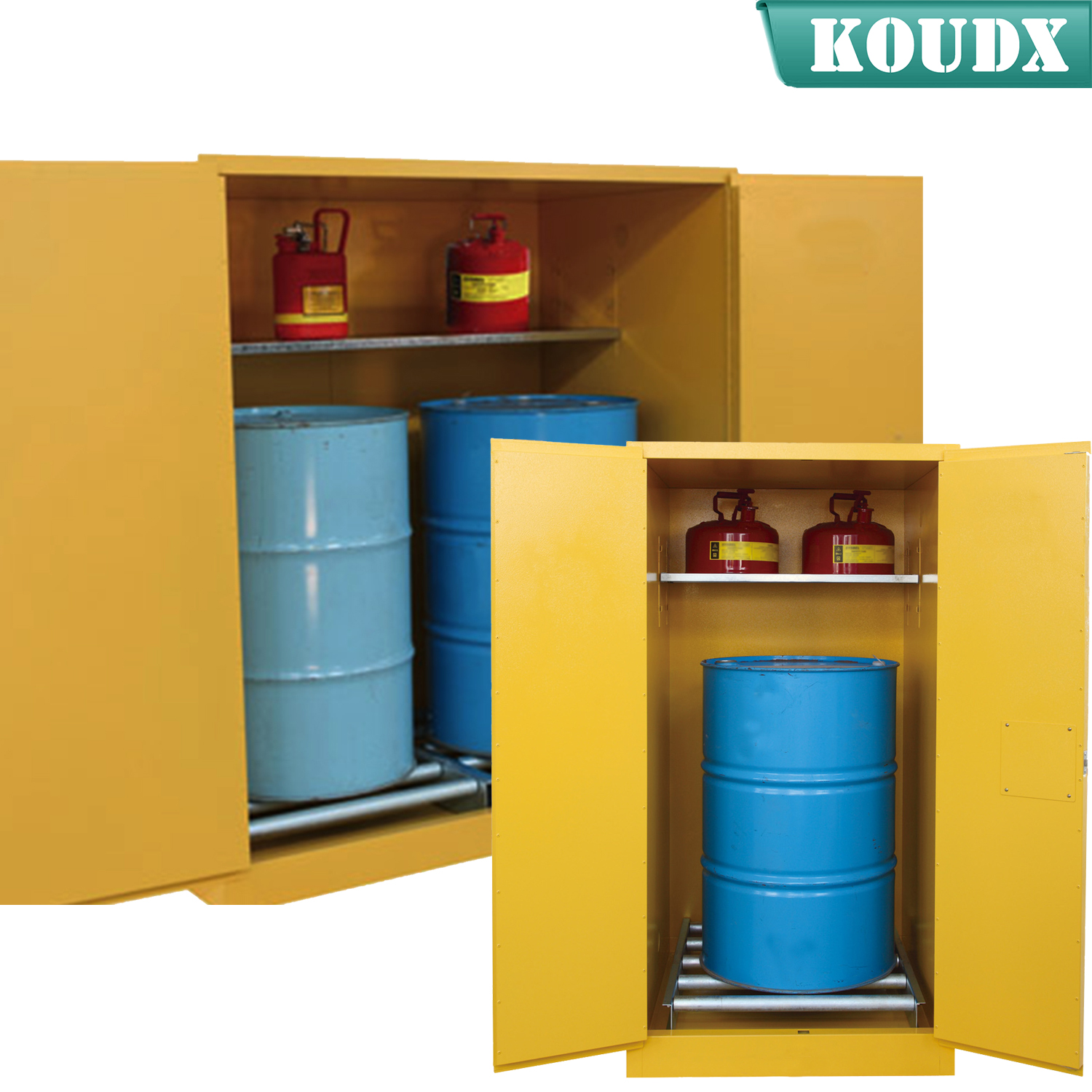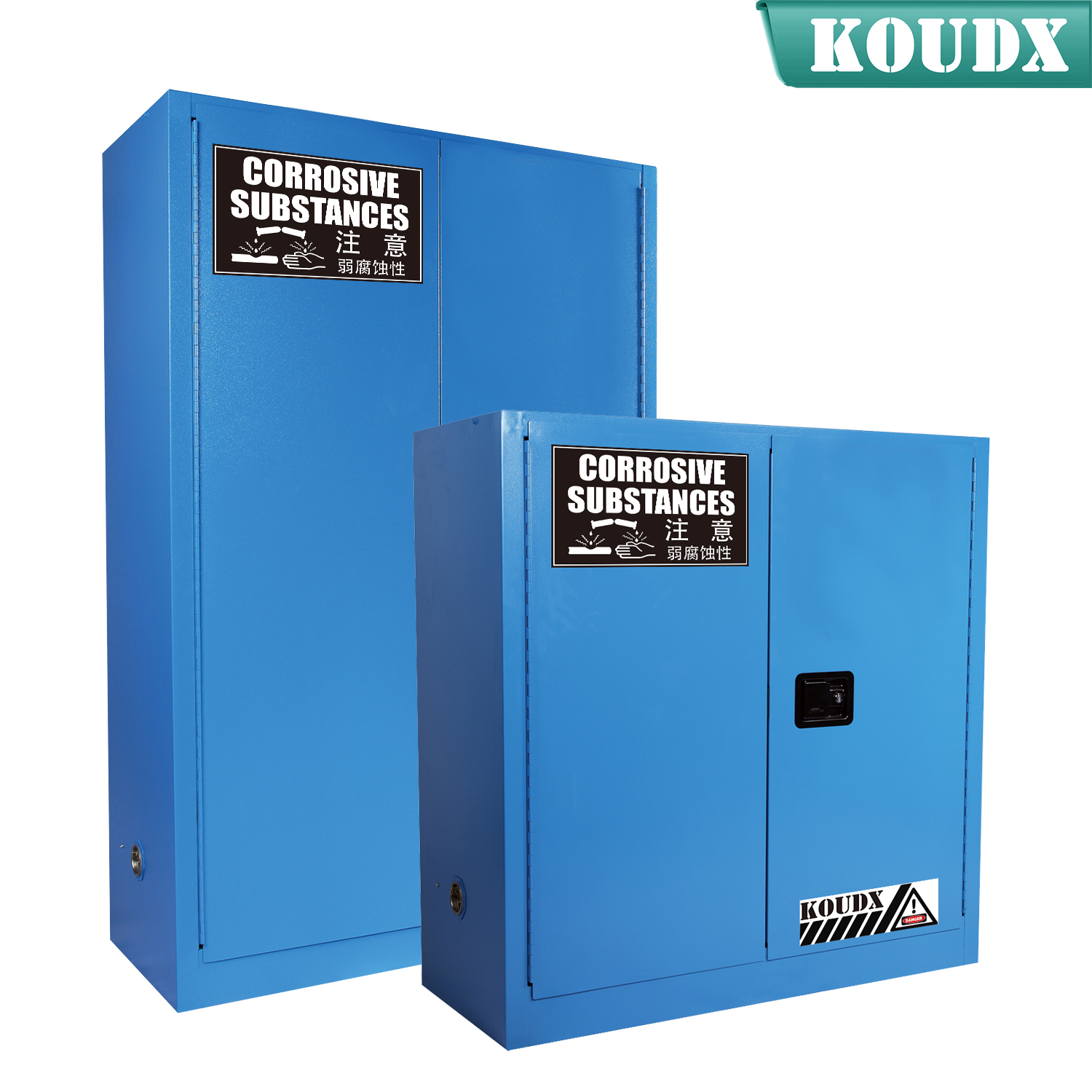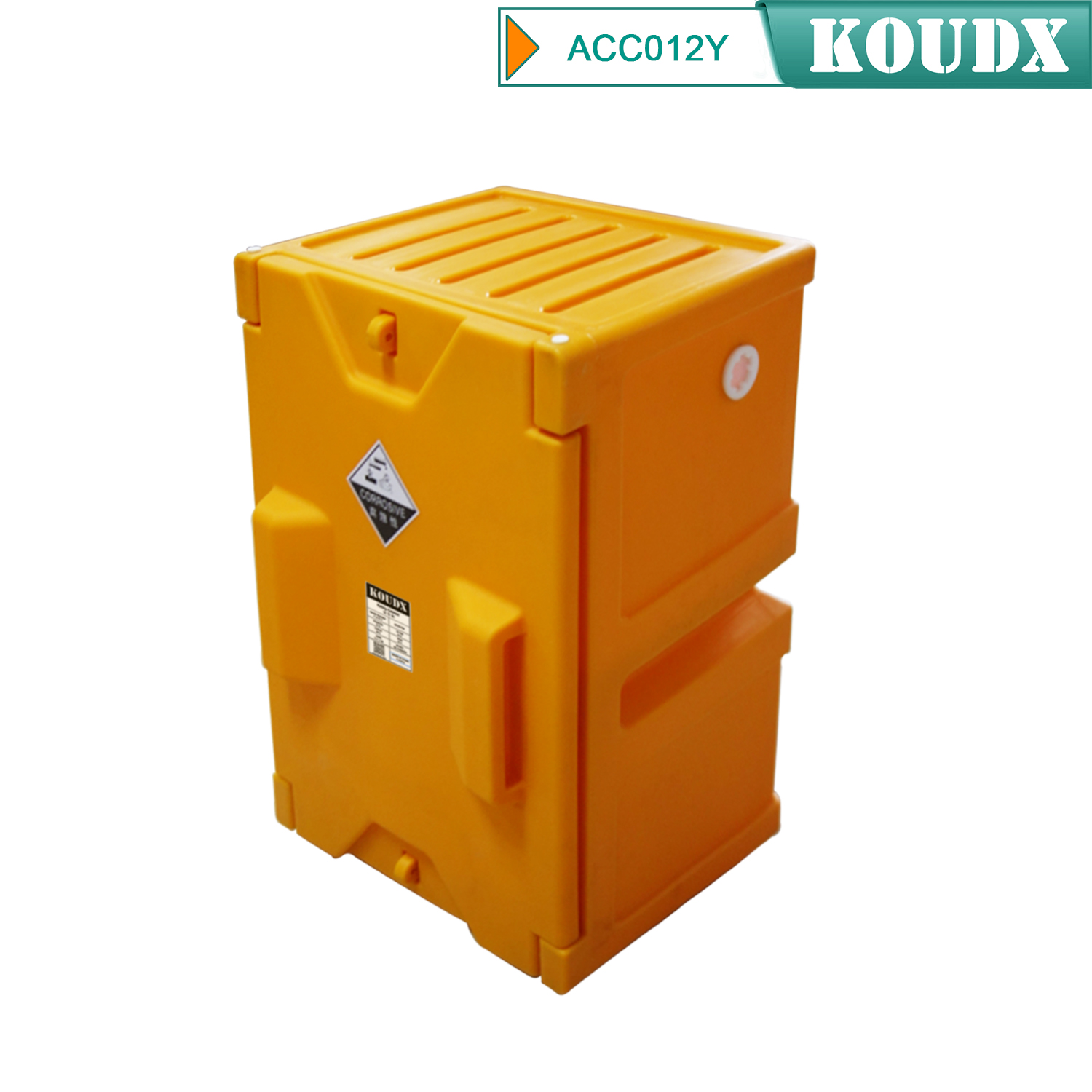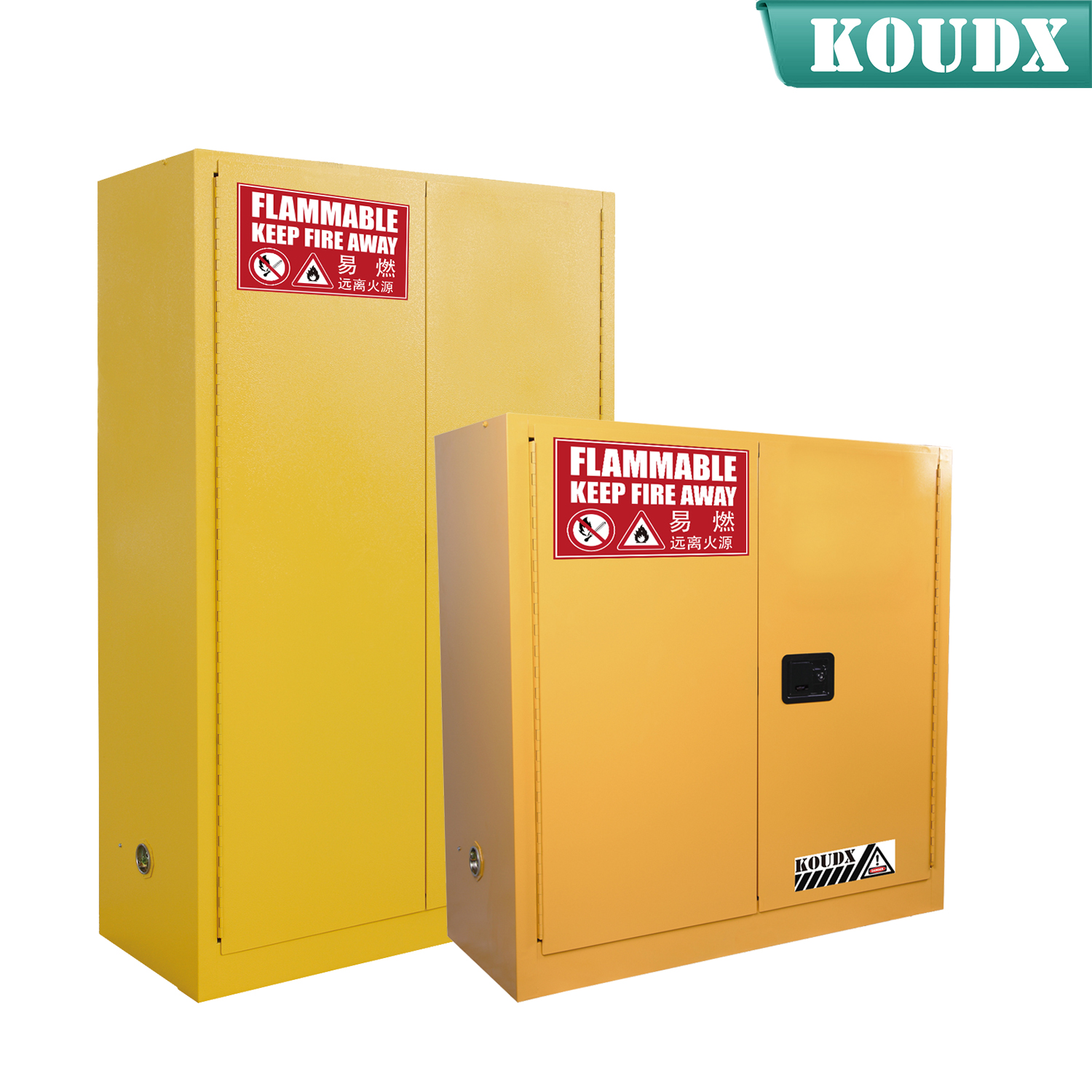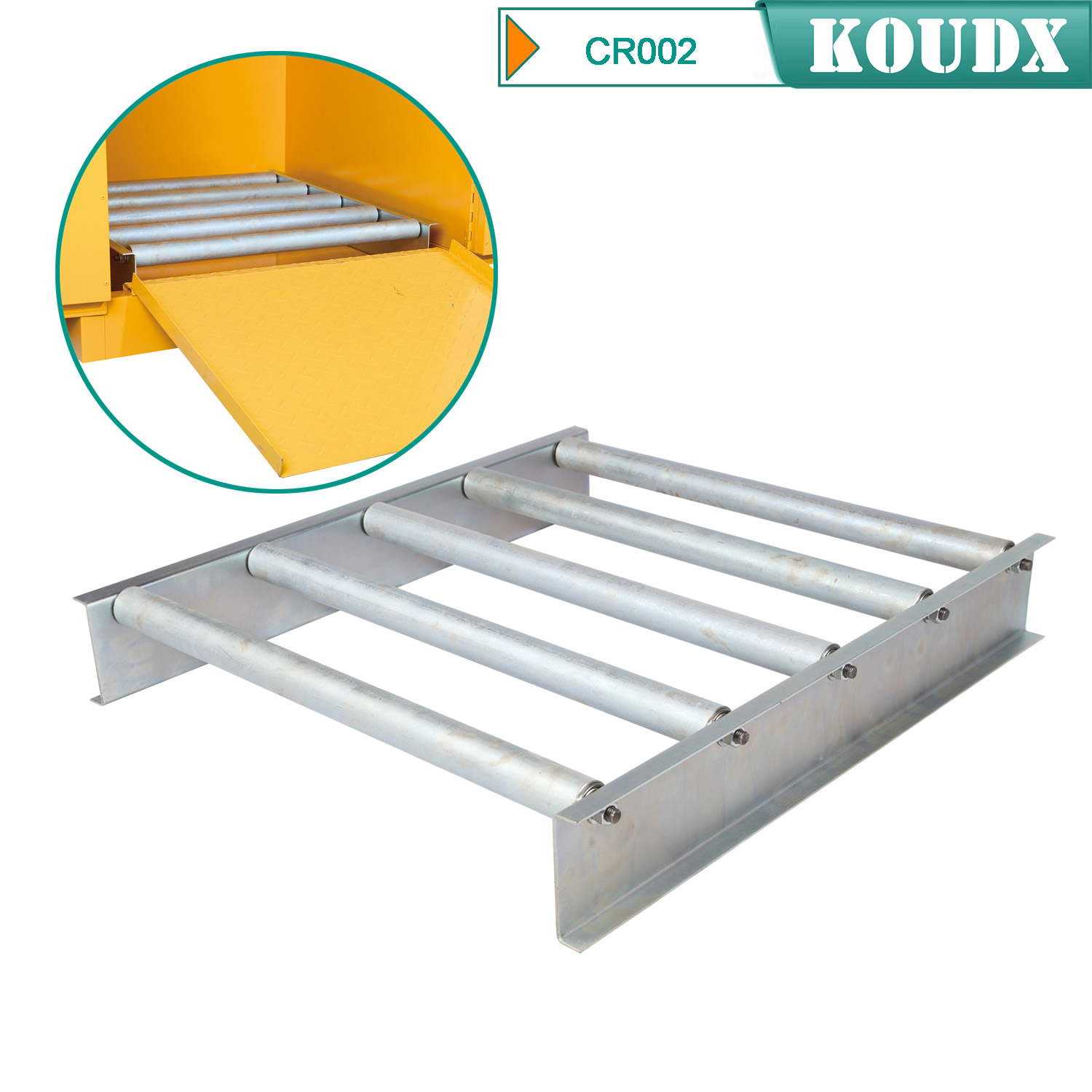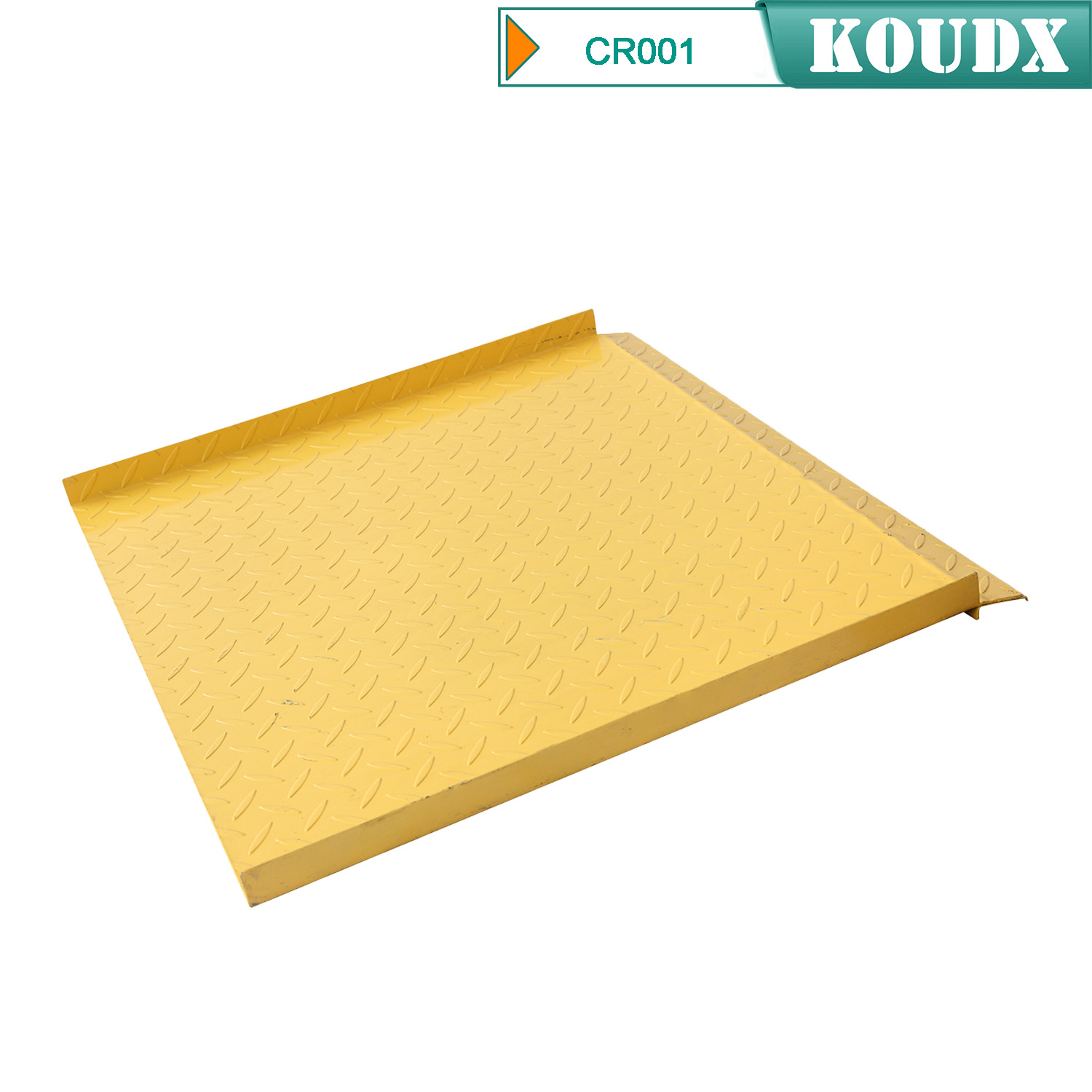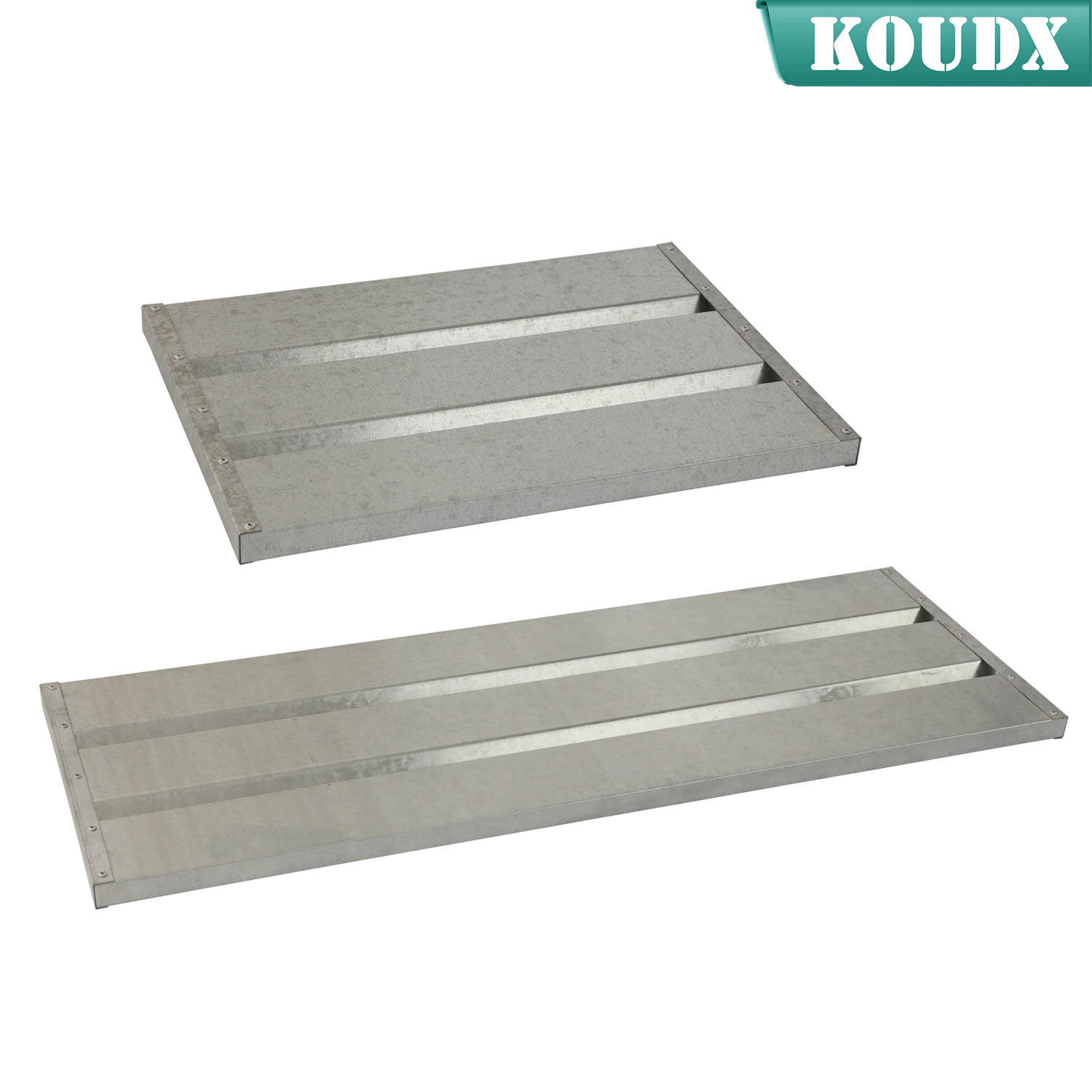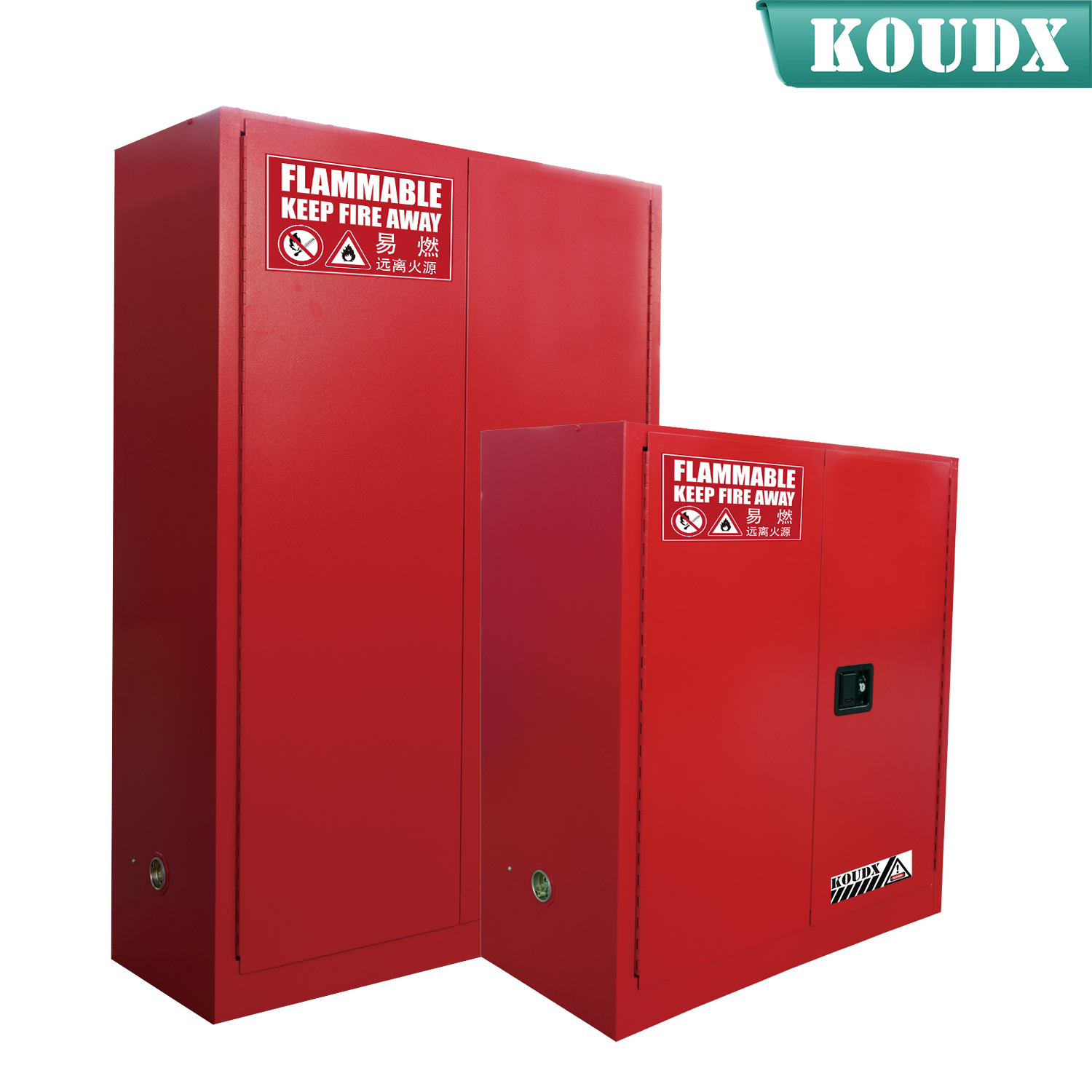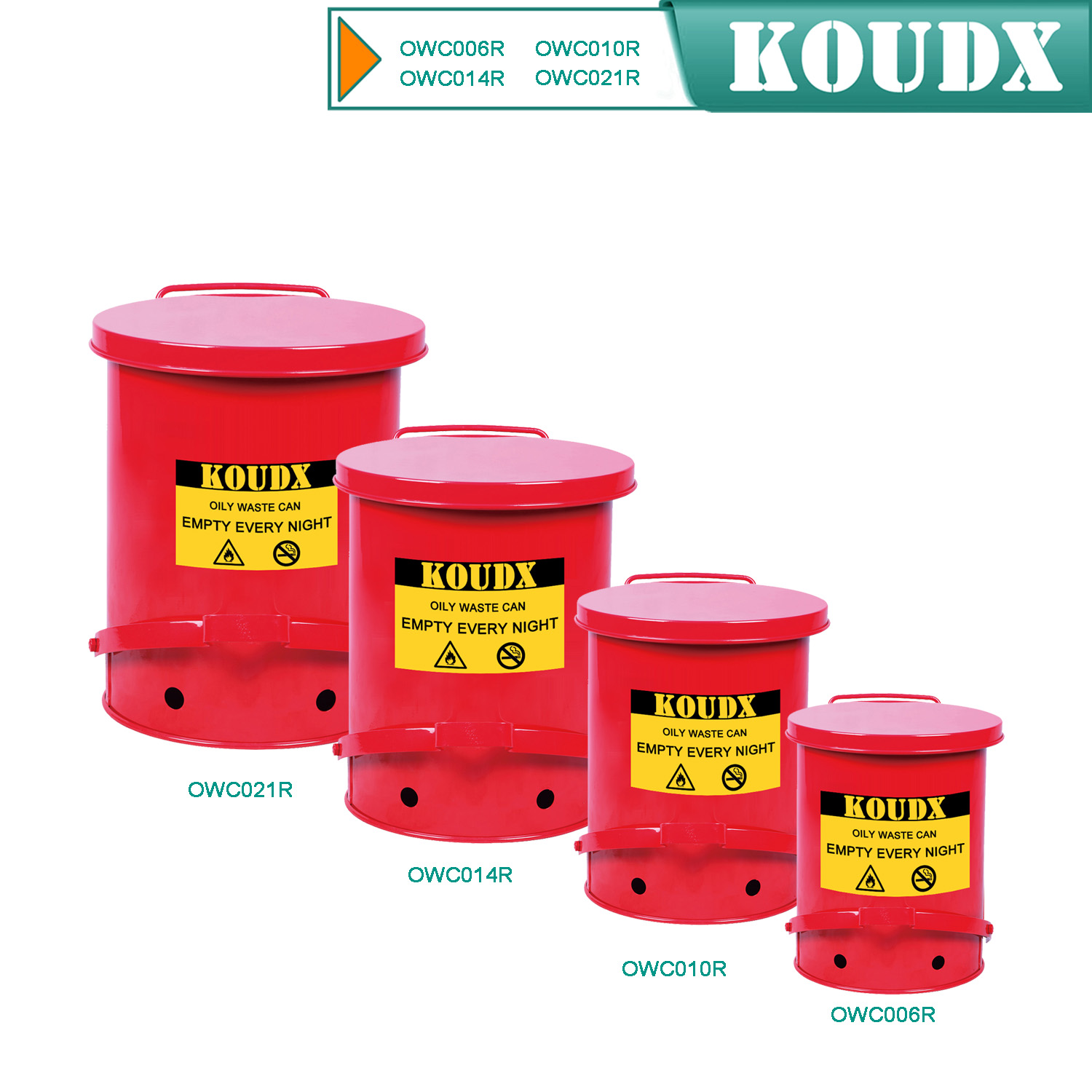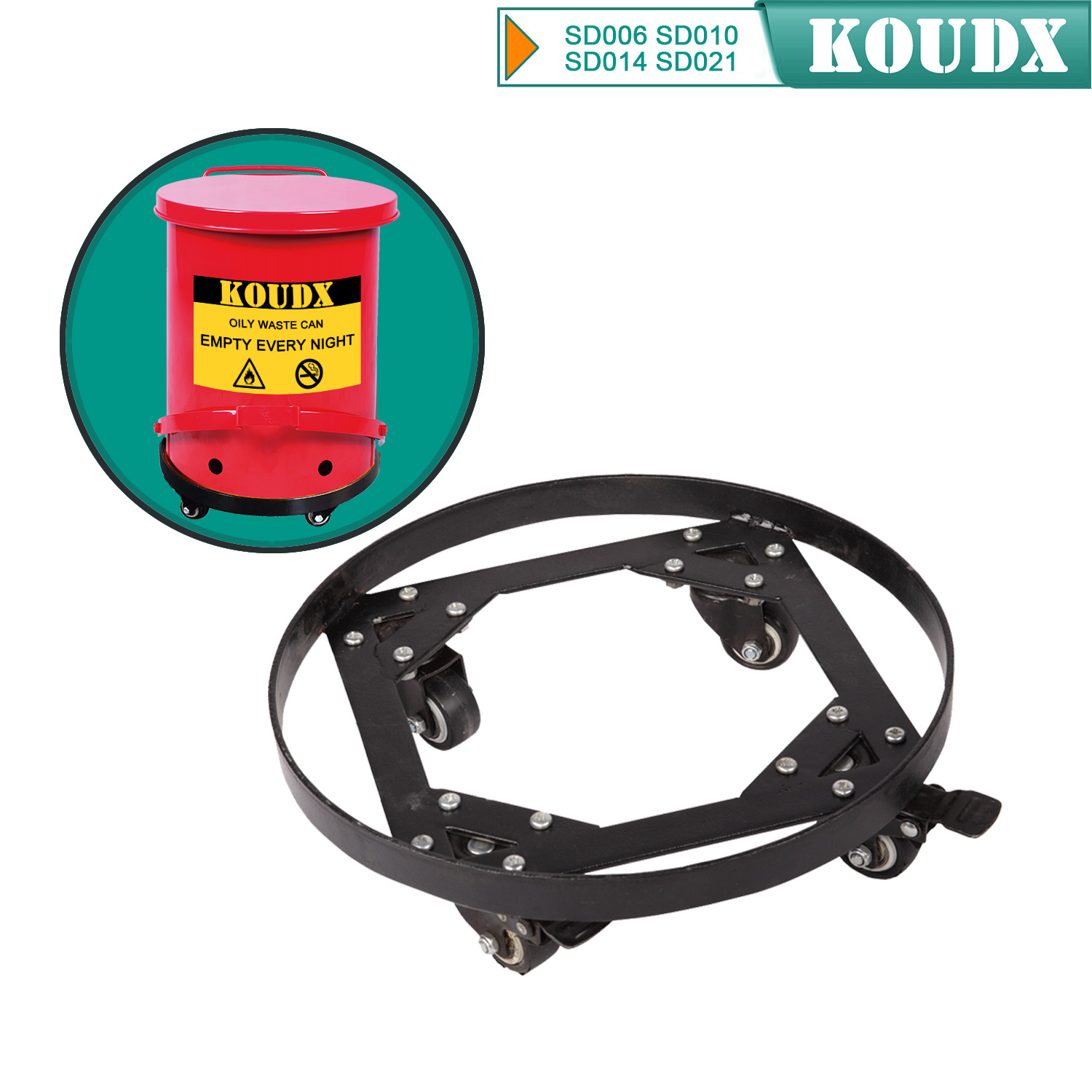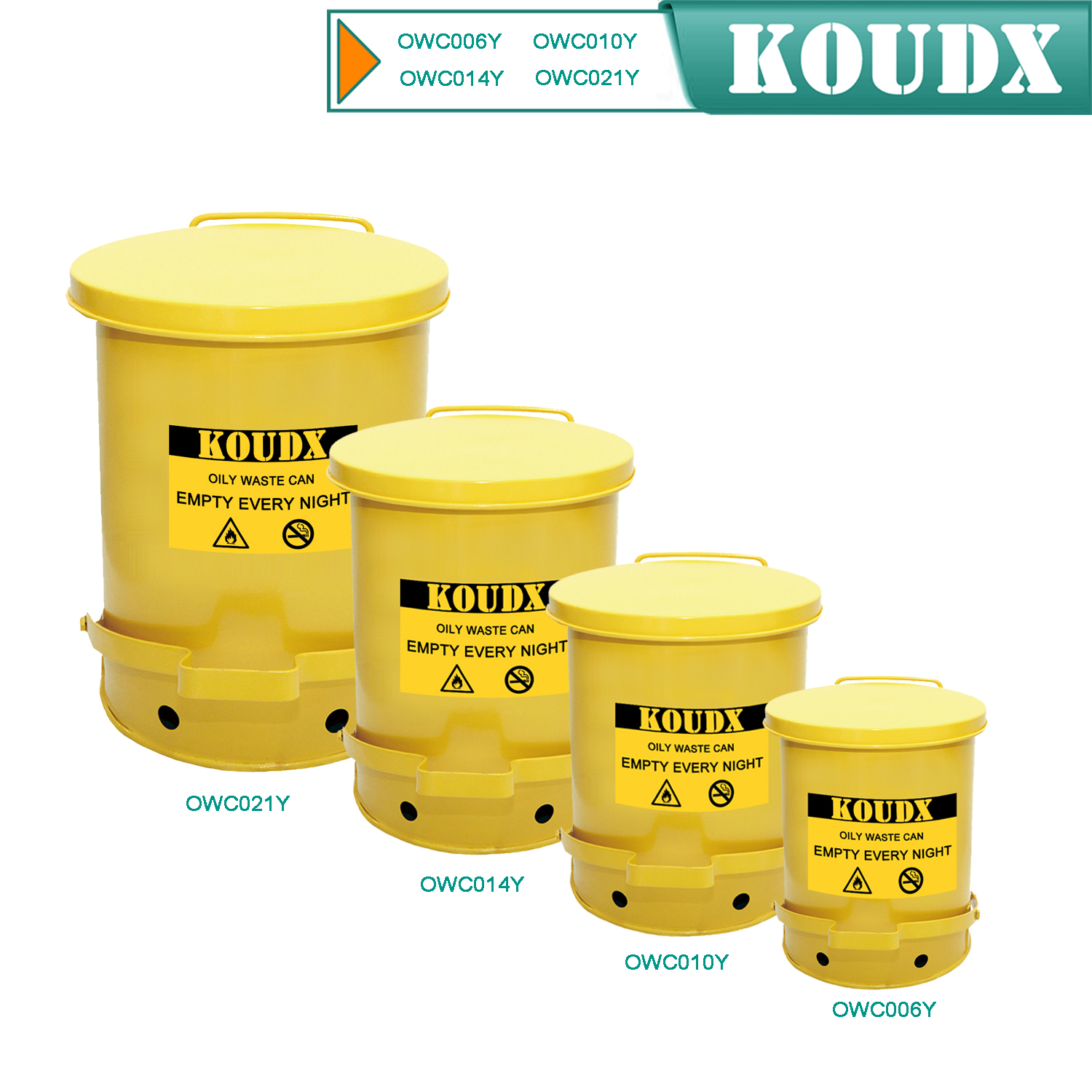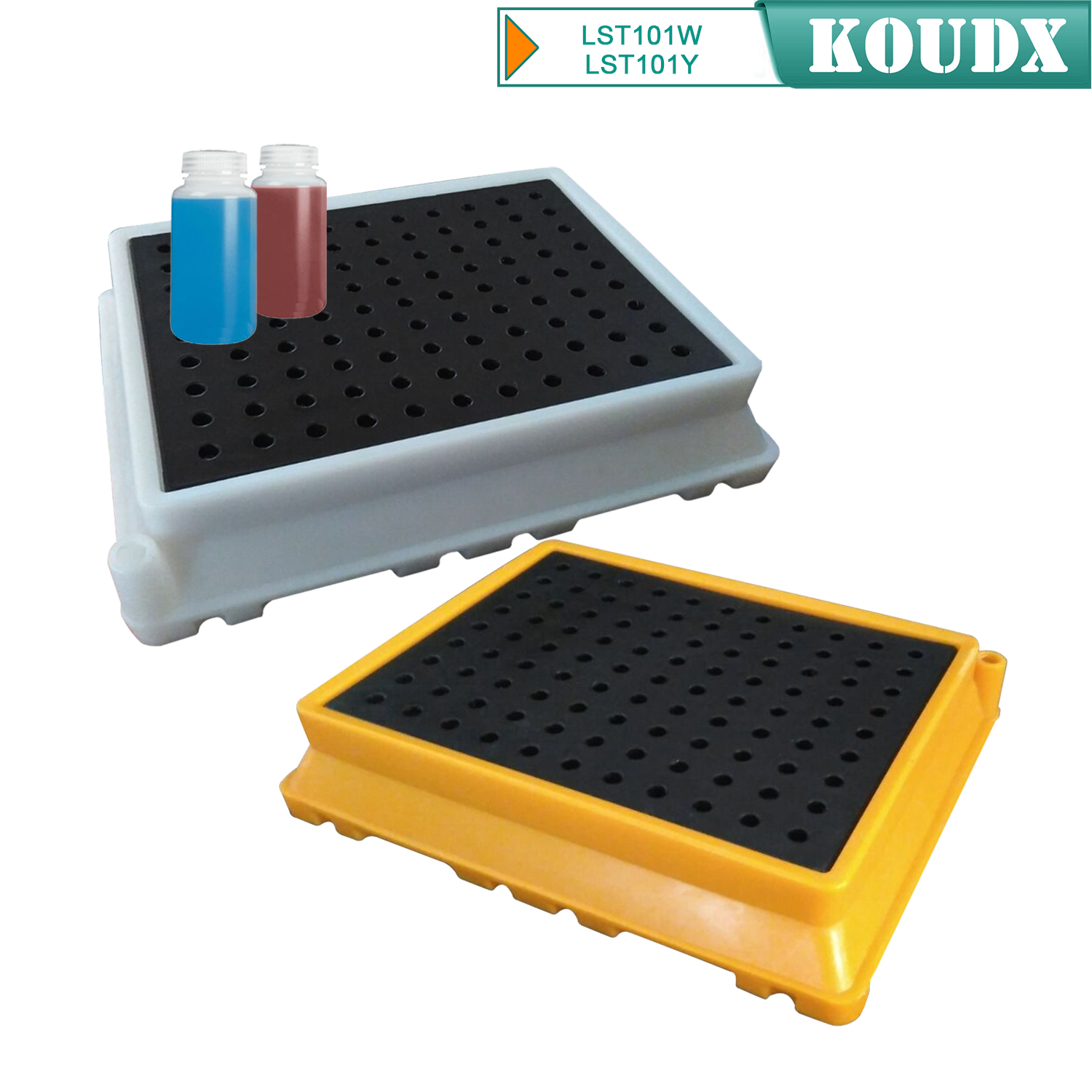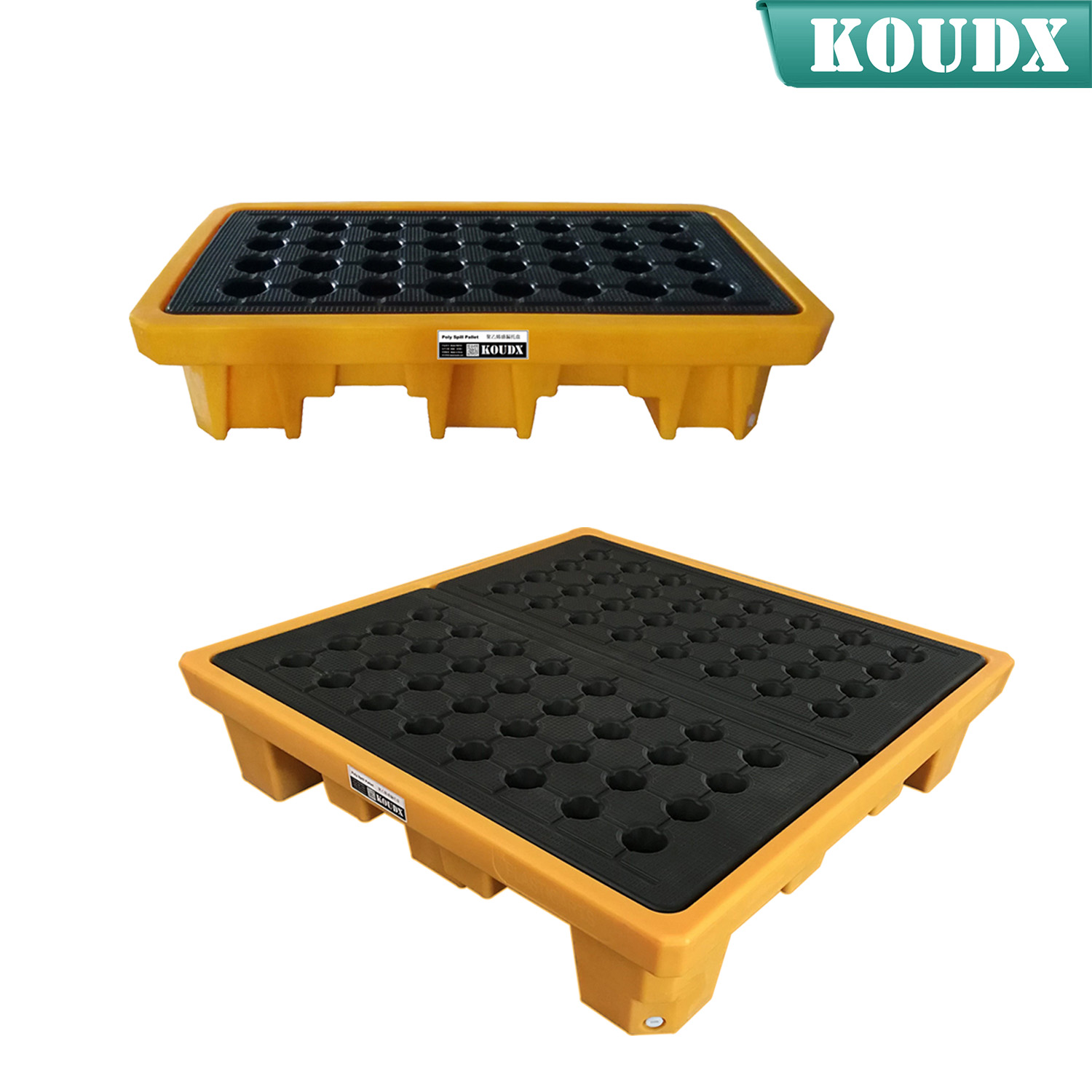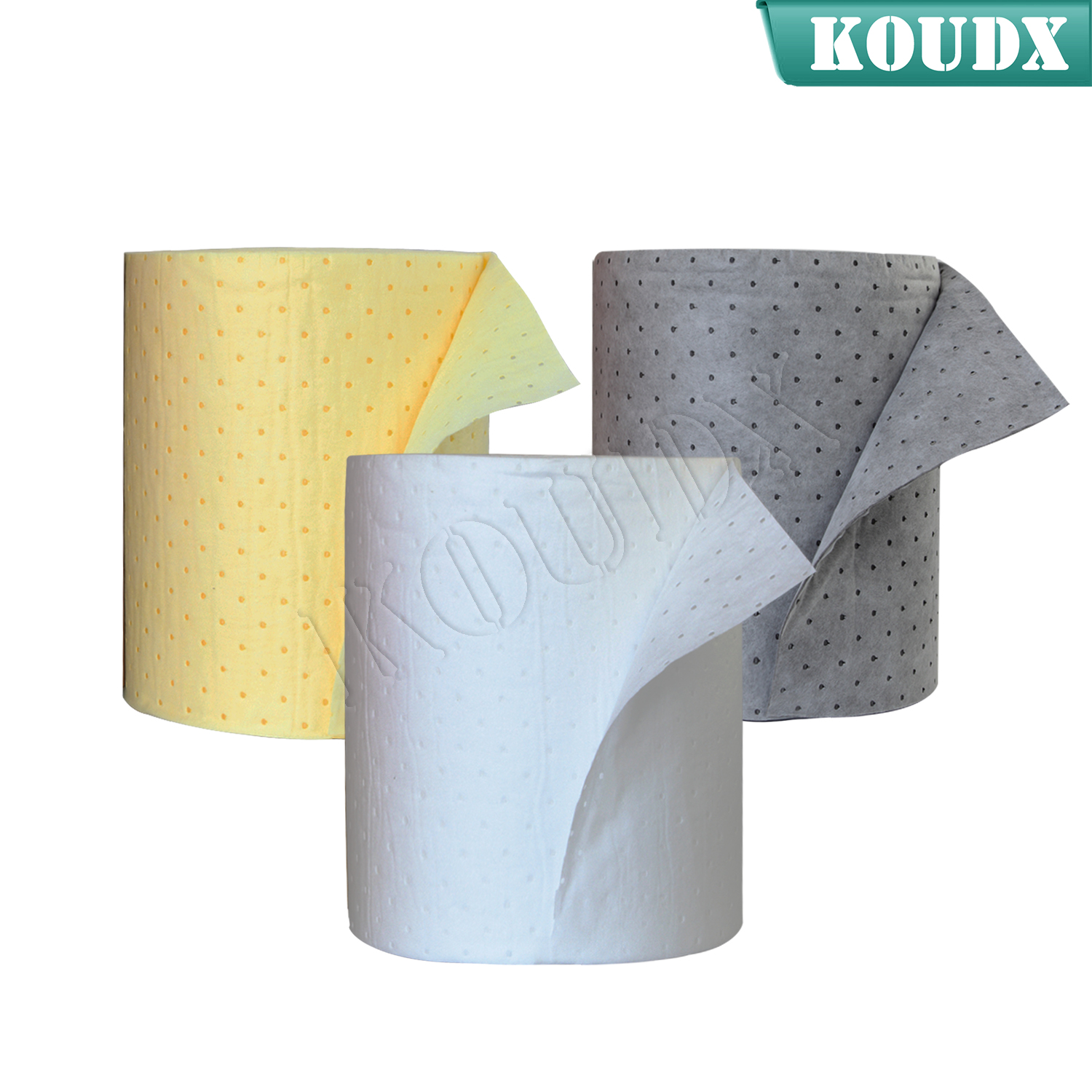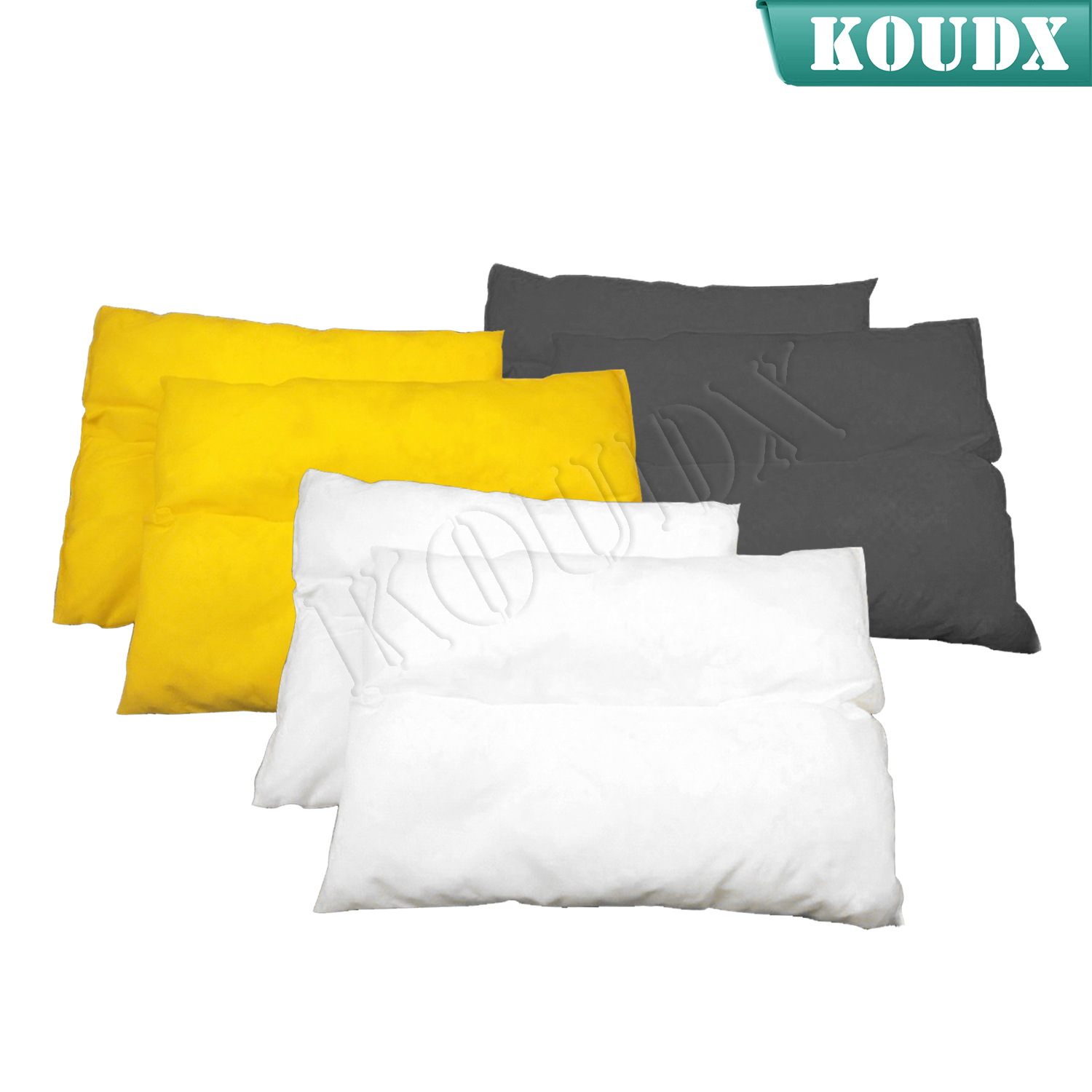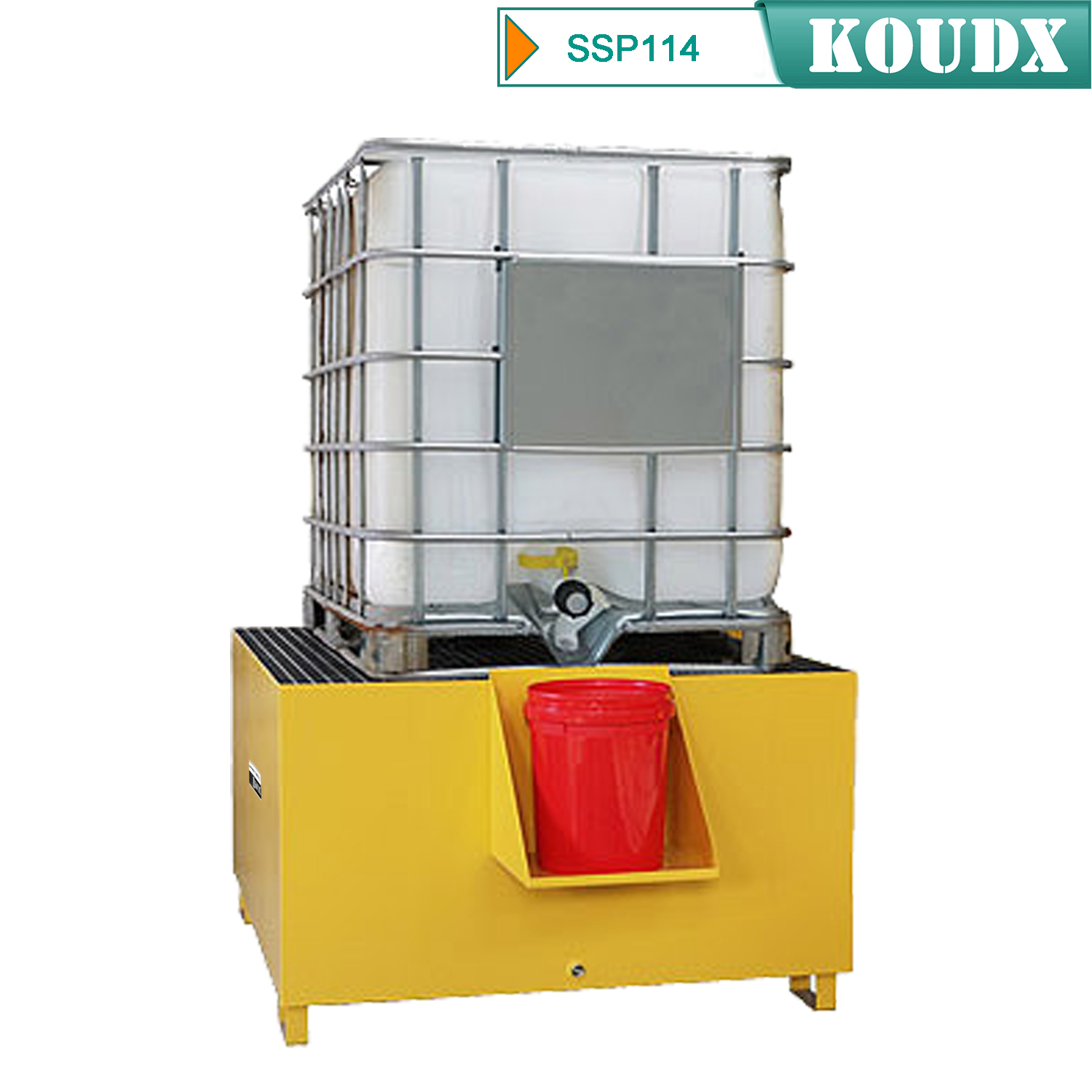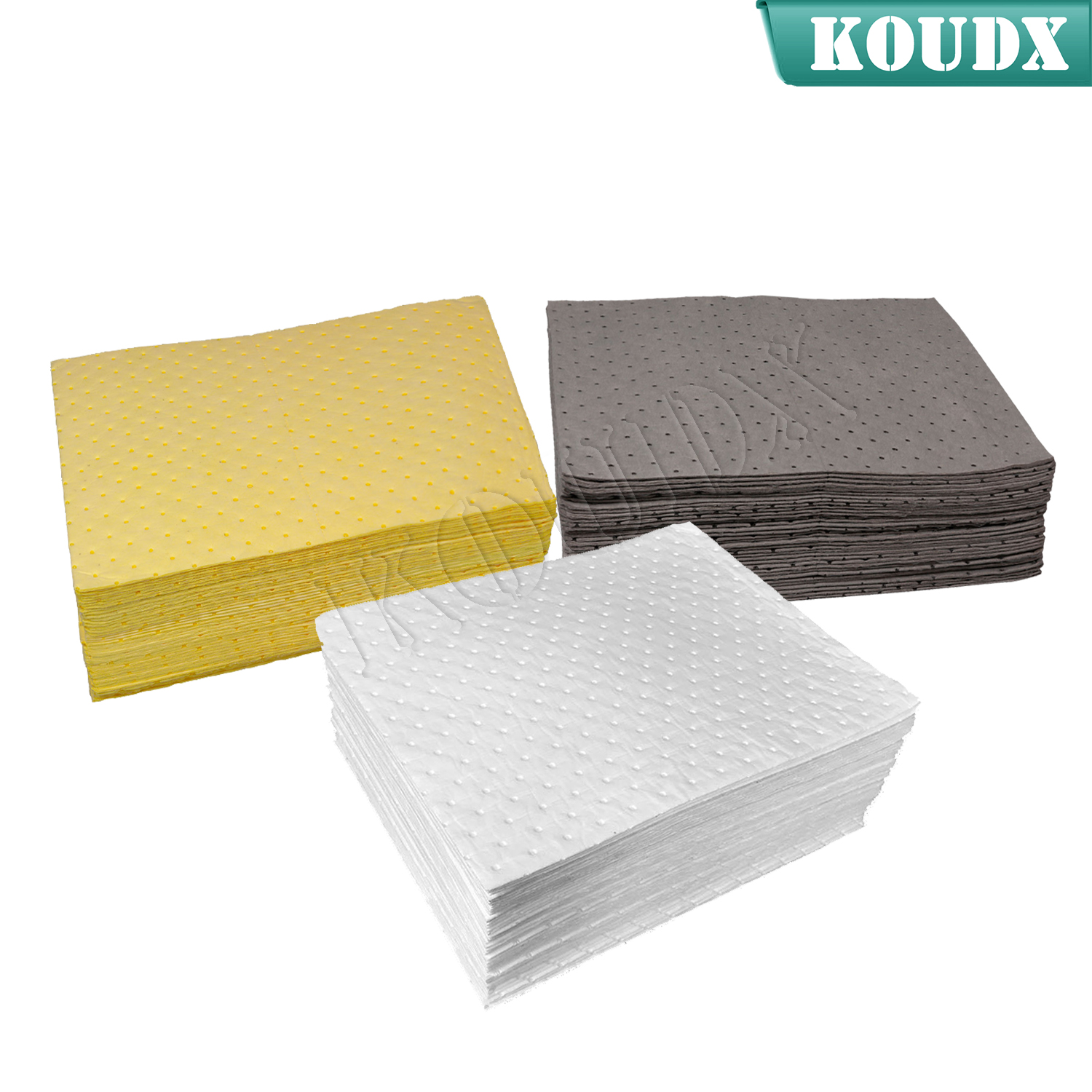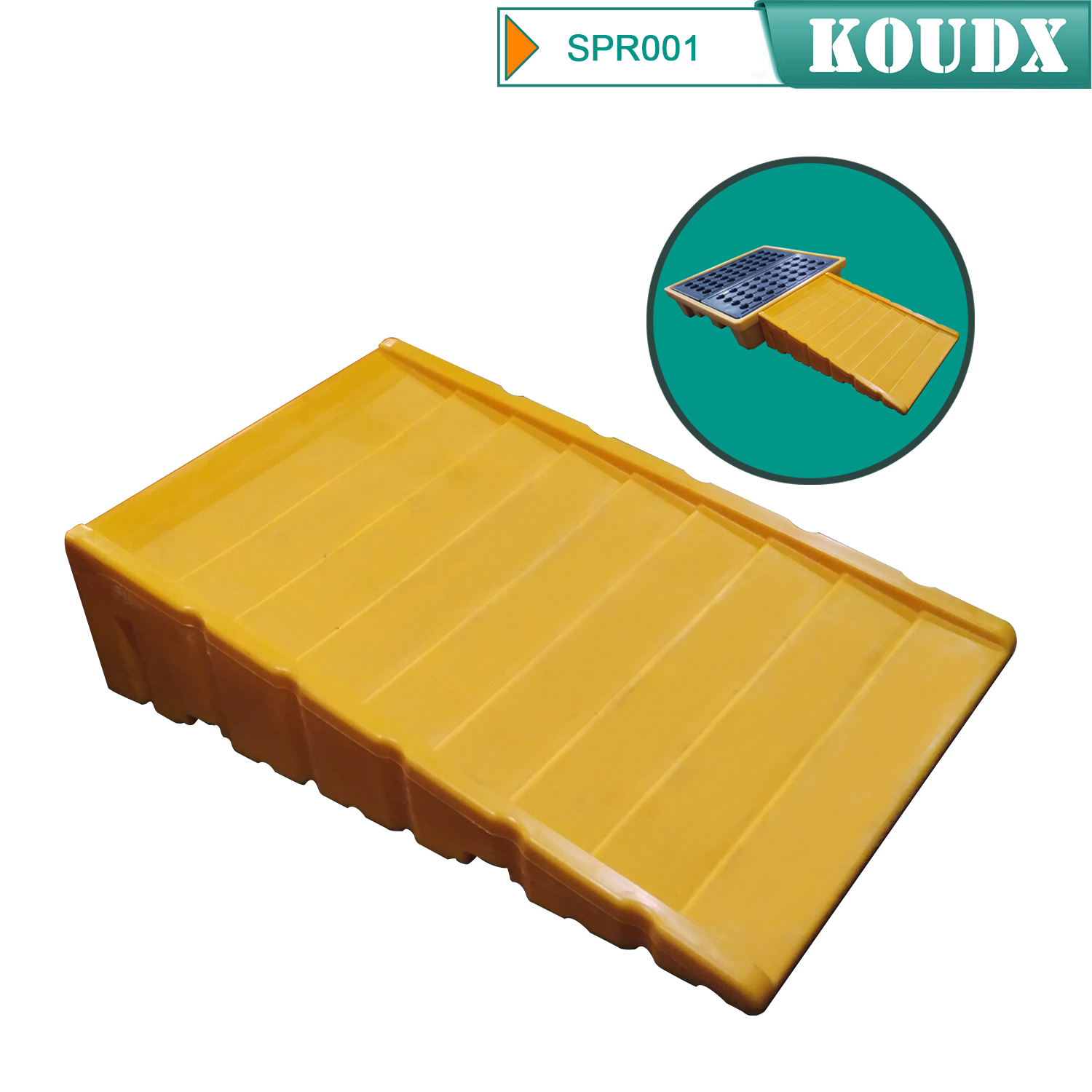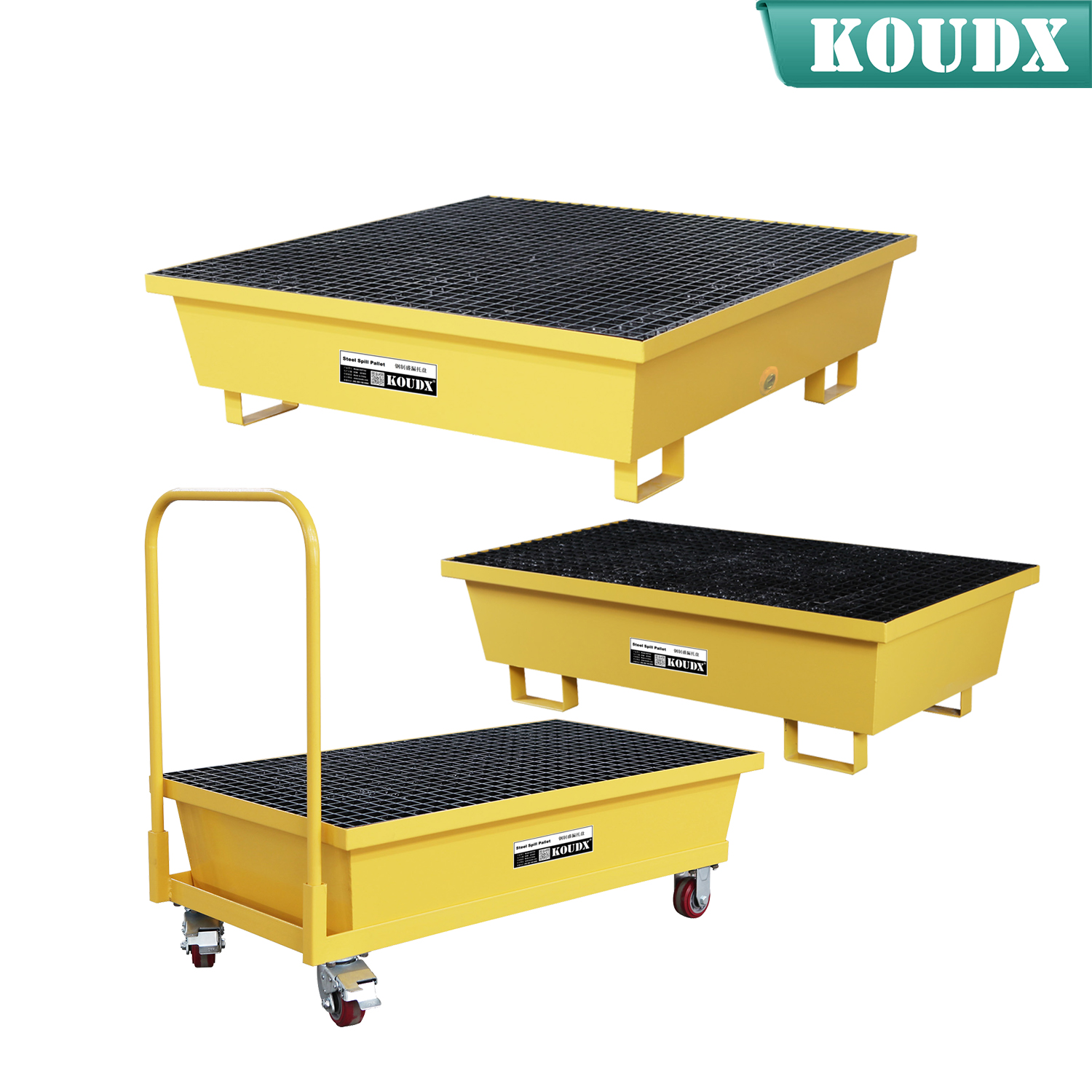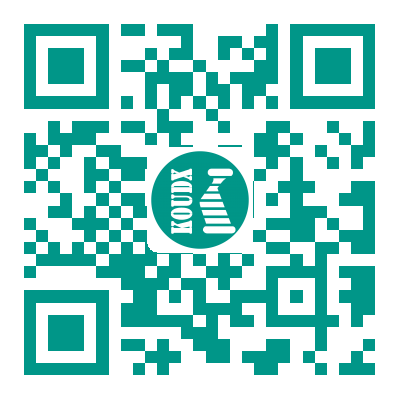
Learn preventive measures to identify and reduce the hazard of combustible dust
Combustible dust, as defined by the Occupational Safety and Health Administration (OSHA), is “a solid material composed of distinct particles or pieces, regardless of size, shape or chemical composition, which can present a fire or deflagration hazard when suspended in air or some other oxidizing medium over a range of concentrations.” The presence of this dust, both in open and unseen areas, can present a grave hazard to employees, employers and facilities as explosions can be catastrophic in nature.
An OSHA Fact Sheet titled “Hazard Alert: Combustible Dust Explosions” explains how dust explosions can occur: “In addition to the familiar fire triangle of oxygen, heat and fuel (the dust), dispersion of dust particles in sufficient quantity and concentration can cause rapid combustion known as deflagration. If the event is confined by an enclosure such as a building, room, vessel or process equipment, the resulting pressure rise may cause an explosion. These five factors (oxygen, heat, fuel, dispersion and confinement) are known as the Dust Explosion Pentagon. If one element of the pentagon is missing, an explosion cannot occur.”
Dust Explosion Pentagon
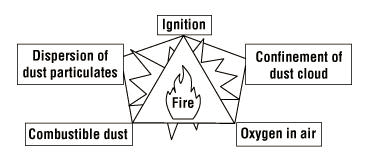
Combustible dust explosions typically occur in two waves. The first wave, also known as the primary explosion, starts with just the “right” concentration of airborne accumulated dust. This dust is held captive within a limited or enclosed space, such as inside the chamber of processing equipment. This captive dust is then subjected to a heat source which causes the dust to ignite. The ignited dust can burn very rapidly and release gases causing the pressure to rise within the enclosure and could result in an explosion. Unfortunately, the first explosion is usually only the beginning. The primary explosion disturbs and shakes up dormant dust which has collected over time on a variety of surfaces within the area. Some examples of these surfaces can be the top of or underneath machinery, ledges, rafters, duct work, inside suspended ceilings, on top of support beams, etc. The second wave, or secondary explosion, occurs as this additional dust becomes suspended in the air and also ignites. Secondary explosions are often more destructive than primary ones because of the sheer volume and concentration of additional dust available to fuel them.
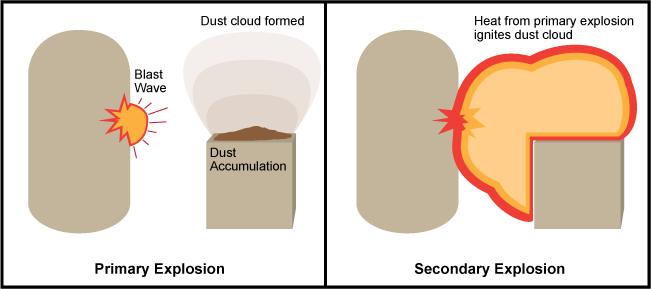
Many employers and employees are unaware of the potential threat of dust explosions or fail to recognize it as a serious hazard in their facility. In the Chemical Safety Board (CSB) video “Combustible Dust: An Insidious Hazard”, Stephen Selk, a CSB Investigator, says, “The big problem with combustible dust is that we underestimate its hazards. We become complacent and we fail to take the necessary precautions.” There may also be inadequate information on a Safety Data Sheet (SDS) to help employers recognize a combustible dust hazard. After reviewing the SDSs of 140 substances known to create combustible dust, the CSB found they contained deficient information to assist the end-user in determining the hazard: 41% of the documents did not warn of the potential hazard at all, while the remaining 59% did not clearly or specifically describe the hazard in a way which was easy to identify.
There is a long list of industries vulnerable to the hazard of dust explosions including, but not limited to, agriculture, chemicals, food (such as sugar, candy, spice, starch, flour and feed), grain, fertilizer, tobacco, plastics, wood, forest, paper, pulp, rubber, furniture, textiles, pesticides, pharmaceuticals, tire and rubber manufacturers, dyes, coal, metal processing (such as aluminum, chromium, iron, magnesium and zinc), recycling operations and coal. Given this long list of vulnerable industries combined with the fact that many SDSs may not adequately identify a combustible dust threat, OSHA suggests completing an in-depth dust hazard assessment covering the following areas:
-
Materials which may be combustible
-
Processes which utilize any combustible dust
-
Open and especially hidden areas where dust may collect
-
Opportunities which may cause dust to become airborne
-
Any source of ignition
The key to the hazard assessment is correctly identifying whether or not the dust is indeed combustible. The National Fire Protection Association (NFPA) 654: Standard for the Prevention of Fire and Dust Explosions from the Manufacturing, Processing and Handling of Combustible Particulate Solids and NFPA 454: Standard for Combustible Metals, Metal Powders and Metal Dusts both define combustible dust as “any finely divided solid material that is 420 microns or smaller in diameter and presents a fire or explosion hazard when dispersed and ignited in air.” Other variables to consider, in addition to particle size, are how the dust will be dispersed, what kind of ventilation is available, air currents, sources of ignition, and the presence of physical barriers to either provide dust confinement or which provide separation of work processes.
Controlling and eliminating combustible dust is also critical. Per OSHA, to mitigate combustible dust:
-
Create a program to inspect for and test for the presence of dust
-
Implement housekeeping and control measures
-
Use only appropriate dust collection systems and filters
-
Recognize and eliminate fugitive dust which may escape from process equipment or ventilation systems
-
Reduce the amount of horizontal surfaces which may collect dust and require cleaning
-
Regularly inspect for dust residue in both hidden and open areas
-
Provide access to hidden spaces to facilitate inspection
-
Identify specific housekeeping practices close to ignition sources so dust clouds are not created
-
Use only explosion proof vacuum cleaners
-
Do not place relief valves in close proximity to dust deposits
OSHA also provides several suggestions for controlling ignition sources:
-
Only utilize approved electrical and wiring equipment and methods
-
Bond and ground equipment to the ground and control static electricity
-
Control open flames, sparks, smoking and friction
-
Segregate materials to prevent combustible material from work processes
-
Put distance between heated surfaces/systems and dust exposure
-
Follow proper operating instructions when using cartridge activated tools
-
Implement a preventative equipment maintenance program
The 2006 CSB investigative study concluded that engineering controls and adequate safety practices existed to control combustible dust, but no comprehensive federal standard was in place to require adherence to these practices. The CSB advocated for OSHA to form a new combined standard based on the existing five NFPA standards (NFPA Standards 654, 664, 61, 484 and 655). In 2013, CSB voted to put this issue on their “Most Wanted Safety Improvements” program. The CSB has recommended the following codes be included in the proposed combined standard:
-
Hazard Assessment
-
Engineering Controls
-
Housekeeping
-
Building Design
-
Explosion Protection
-
Operating Procedures
-
Worker Training
In response to the CSB request to create a combined standard that incorporates NFPA 484, 61, 654, 655 and 664, and to users of these standards who have found them to be inconsistent between the various industry sectors and dust types, NFPA developed and issued NFPA 652: Standard on the Fundamentals of Combustible Dust. Issued in August of 2015, it became effective on September 7, 2015. The standard provides general requirements for the management of combustible dust, fire and explosion hazards, and directs the user to reference NFPA 484, 61, 654, 655 and 664 when appropriate. NFPA 652 establishes the relationship and hierarchy between it and the five referenced NFPA standards, ensuring that fundamental requirements are addressed consistently across all industries, processes and dust types.
NFPA 652 consists of nine chapters and four annexes. A key requirement is the Dust Hazard Analysis (DHA) highlighted in chapter seven. The DHA identifies and evaluates where fire, flash fire and explosion hazards may exist in the workplace. The NFPA has found in many investigations that owner/operators of the facility did not know they had a combustible dust hazard or were unaware of the hazards posed by combustible dust. The DHA is a fundamental step in creating a plan to safeguard these facilities from the hazards posed by combustible dust.
Here are some frequently asked questions about combustible dust hazards:
Q: Can facilities safely use push brooms, air compressors and fans to remove combustible dust?
A: No, housekeeping practices using push brooms, air compressors and fans can all create a dust cloud and do not completely remove the dust. The facility should use explosion proof vacuums and dust collection systems instead.
Q: Is the Safety Data Sheet (SDS) the only source of information available to determine if a material could be a combustible dust hazard?
A: No, conducting a thorough hazard assessment and performing dust testing should also be done to determine the hazard.
Q: Is using this rule of thumb, “You can measure the accumulation of dust by whether or not you can write in it,” a safe way of determining the amount of accumulated dust in a facility?
A: No, the amount of dust needed to accumulate to cause an explosion is not the same for all materials. A detailed hazard assessment is needed to properly assess the hazard.

KOUDX(Shanghai Koudx Industry Technology Co., Ltd.) is a professional provider of industrial safety and environmental protection solutions. Based on the concept of market and customer demand, our fire safety cabinet was developed in accordance with the standards of OSHA 29 CER 1910.106 and NFPA CODE30. It is widely used in petrochemical industry, industrial manufacturing, university laboratories, food industry, automobile industry manufacturing, new energy and other industries.
We sincerely hope that in the journey of KOUDX's continuous development and expansion, we will be able to get the full support of our distributor partners in China and abroad, and have more long-term strategic partners, development together and achieve a win-win situation. Welcome to contact us (86) 400-168-8090, you can visit our website www.koudx.com for the detail information.



